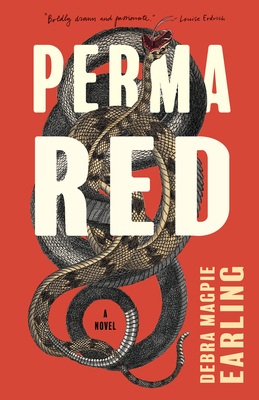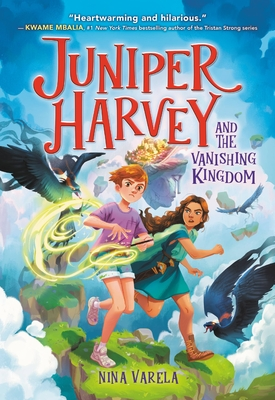The Read Harder Challenge is living up to its name this year for me… pushing me out of my comfort zones and into areas I have not read in a long time or in the case of My Special One at all. My sister read manga when we were growing up and I just never saw the allure (it probably had a lot to do with my lack of reading comics, something she also did). The task was specifically to read a manga or manhwa so I kept my eyes peeled for reviews that caught my eye and in Cannonball Read’s Romance Comment Diversion GentleRain mentioned that they are really enjoying the romance manga subgenre of a girl meets an idol whose personality is radically different from his public one and that they were reading My Special One. I did a little sleuthing and decided it would be a good place to start for me.
I like to think I was right and that my less than stellar experience with this was barrier of entry stuff on my end. The bones of the story are good, we are with Sahoko who has decided to never fall in love again after experiencing a terrible rejection, in much the same way teenagers everywhere tend to overreact and have black and white thinking. She has a chance meeting with pop idol Kouta who assumes she’s a fan and when informed of his mistake vows to show her that he’s a person worth liking, and his band is worth appreciating. Sahoko uses every bit of her cynicism to protect herself, but Kouta is a good guy, and she falls for him.
This is fluff and is meant to be read that way. But… the characterization of Sahoko never sat well with me. I’m not sure if it is the age gap, or her heel-turn, or a translation issue, but I found myself not rooting for the couple to get together the way a romance is supposed to set you up to do. But this is very possibly a me issue and this genre might just not be for me. Not all things can be, after all.









